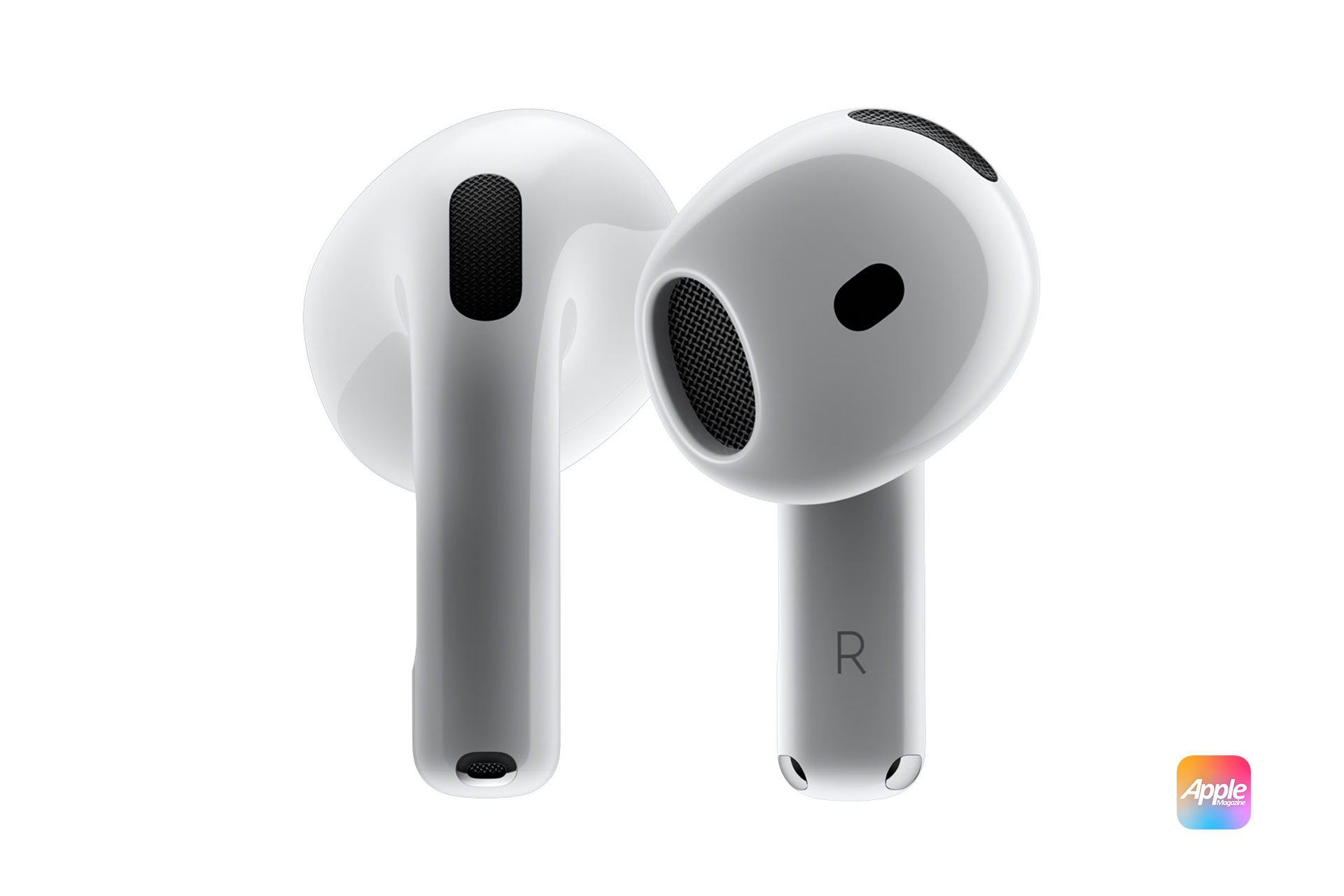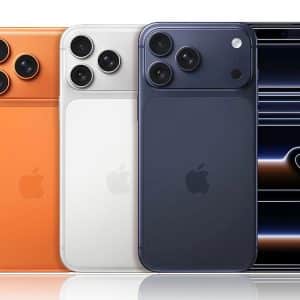Many seem to state that currently, the brand has nothing substantive to offer with its newest phone that would differentiate it from its predecessor in any meaningful way, leading to some interesting discussions amongst people representing the two opposing sides.
In this article, we will examine the merit of this popular criticism, discussing Apple’s marketing claims, compared to the reality of their releases, and the broader context of smartphone technology’s current capabilities.
Marketing vs Reality
Transparency is extremely important when trying to sell something to a consumer, not only for ethical considerations but also for the brand and reputation of the company. Apple has long positioned itself as a beacon of innovation in the tech world. With each new iPhone, iPad, or MacBook release, the company touts groundbreaking features and revolutionary advancements. However, a closer look can often reveal a different story.
To stick with the latest release, the iPhone 16 was marketed as a significant leap forward, highlighting improved cameras, longer battery life, and a more powerful chip. While these upgrades were indeed present, many users and critics questioned whether they truly justified the hefty price tag and a brand-new release in the first place. After all, battery life and the camera can be upgraded through a system update that does not necessarily require new software.
The reality is that many of Apple’s “innovations” are incremental improvements rather than revolutionary changes. The camera gets slightly better each year, the processor becomes marginally faster, and the battery lasts a bit longer. While these upgrades are welcome, they often fail to deliver the wow factor that Apple’s marketing suggests, though to be fair, it is very common for all sorts of companies to slightly exaggerate the greatest qualities of their good/service to generate more interest.

The Struggles in Finding Breakthroughs: The Capabilities of Modern Phones
It is no secret just how far smartphones or tablets have come in terms of capabilities and power. Some argue that the reason the innovations seem to be slowing down is because it is much harder to continue building higher and higher to the ceiling when we are already at an impressive level.
Just to demonstrate, we can look at the power that smartphone or tablet hardware possesses. Perhaps the easiest way to show said power is to observe the graphical quality and performance of the hardware when it comes to tackling demanding, 3D videogames. Some of the most impressive games the tech can run are in the Gacha sphere, some of the big names being Wuthering Waves, Honkai Star Rail, or Genshin Impact.
Of course, it is not the only genre the tech is limited to, as even when observing the list of some of the best offline iPad games, we come across some impressive features. Ranging from sports games, often racing type or football, to action-adventure, and sometimes mechanically simpler, but repeatable and fun features, there are a lot of options, all showcasing the capabilities of the modern smartphone.

If games like these can be run, other pillars of gaming shouldn’t be an issue, and indeed, they are not. This technological prowess goes beyond traditional gaming into the realm of mobile gambling, where smartphones have revolutionized how people engage with casino-style games. Nowadays, gambling games in their online formats are easily accessible from a smartphone and have been for quite some time now.
Even older generations have been running these for a while, highlighting how smartphones have had the capability of running relatively simple and less challenging tasks for years. Modern gambling applications now feature high-definition graphics, real-time multiplayer functionality for poker and other card games, and complex algorithms for random number generation.
Though, even in this department, minor optimizations are inevitable. Faster processing times when playing casino games, less strain on the battery, and whatnot, are the types of changes that are expected to occur over time.

The point is this, given the advanced state of smartphone technology, Apple and its competitors face a significant challenge: how to continue innovating in ways that matter to consumers. This difficulty is evident in recent iPhone releases.
While Apple continues to tout new features, many of these are software-based improvements that could theoretically be implemented on older models. The hardware changes, while present, are often less dramatic than Apple’s marketing suggests.
For instance, the move to 5G was marketed as a game-changer, but for many users, the real-world benefits have been limited. Similarly, improvements in camera technology, while impressive on paper, often result in photos that are only marginally better than those taken with previous models.
Looking into the Future
Despite the current concerns and some criticisms, innovations will keep coming, and, likely, we have not seen anything close to the full potential of smartphones. Even if we are in a rather slow period as of now, there are plenty of incredibly impressive achievements and breakthroughs happening in the tech and science world, which should give people hope, or perhaps dread, depending on how they feel about the potential of new-age tech.
Regardless, as it stands, whether or not the hefty price tags of new releases are worth it is entirely up to the individual. If you have money to spare, go for it, without a doubt, but if you are obliged by life to be a bit more responsible for the financial choices you make, it is a great idea to evaluate the fresh features and make an informed decision based on proper knowledge.

In the end, while Apple’s devices remain high-quality products, the days of each new release representing a quantum leap forward are both behind, and hopefully still in front of us. The future of innovation in this space may require a fundamental rethinking of what a smartphone can be – a challenge that Apple, with its history of disruptive innovation, is uniquely positioned to tackle.













